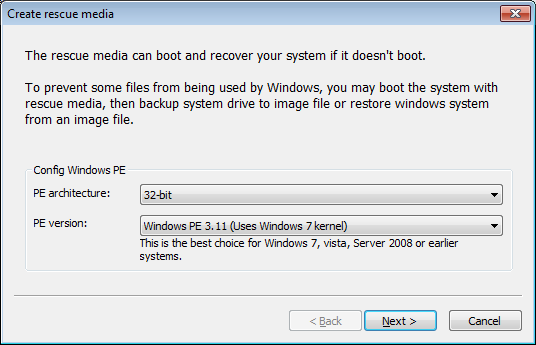

- #How to manually make a bootable usb from iso vista how to#
- #How to manually make a bootable usb from iso vista install#
- #How to manually make a bootable usb from iso vista windows 10#
If you don't have the Windows XP CD, you will need to download the Windows XP installer run the software and follow the installation wizard.
#How to manually make a bootable usb from iso vista how to#
How to create a bootable USB drive for Windows XP? Then, type the following commands: DISKPART > List disk > Select disk > Clean > Create partition primary > Active > Format fs=fat32 quick > Assign (to assign a letter to your USB drive) > Exit (to exit diskpart) > Exit (to exit the Command prompt).Now, open the Command prompt, and type Run > CMD.Before beginning, plug in your USB drive and save its contents because the key will be formatted. Copying files from an ISO image on your PC/DVD to bootable USB manually: Now all you need to do open the files inside the DVD or ISO, copy them and paste inside USB storage manually. The following method applies to both Windows 7 and Vista. How to create a bootable USB drive for Windows 7 and Vista?
#How to manually make a bootable usb from iso vista install#
Note: read more about how to download and install Windows 8. The program will then get to work on formatting your USB drive. Select your USB drive from the drop-down menu, and click Next. In the window that opens, navigate to the folder where you have saved your ISO file, select it, then click Open > Next > USB device.ģ. Start up the software from the shortcut on your desktop, and click Browse.Ģ. The following method applies to Windows 8.ġ. How to create a bootable USB drive for Windows 8?
#How to manually make a bootable usb from iso vista windows 10#
Note: Before booting your USB drive, don’t forget to download the ISO file of Windows 10 on your pen drive. Select the option that boots the PC from the USB flash drive, then, follow the instructions to install Windows. Next, connect the USB flash drive to a new PC, turn on the device, and press the key that opens the boot-device selection menu for the computer (i.e. Creating an ISO image from a physical disc or from a set of files is very easy to do however, through the use of a CD burning application, such as the freely available InfraRecorder or CDBurnerXP. Now, use File Explorer to copy and paste the contents of the Windows product DVD onto the USB flash drive. Notes on ISO Support: All versions of Rufus since v1.1.0 allow the creation of a bootable USB from an ISO image (.iso). If the Mark Partition as Active option isn't available, you can use diskpart to select the partition and mark it active manually. Finally, set the partition as active by right-clicking the USB drive partition and clicking Mark Partition as Active. Choose the FAT32 file system to be able to startup either BIOS-based or UEFI-based PCs. To do this, right-click the USB drive partition, and select Format. Now, you will need to format the partition. Start by connecting the USB drive to your PC, and open Disk Management by right-clicking Start > Disk Management.


 0 kommentar(er)
0 kommentar(er)
